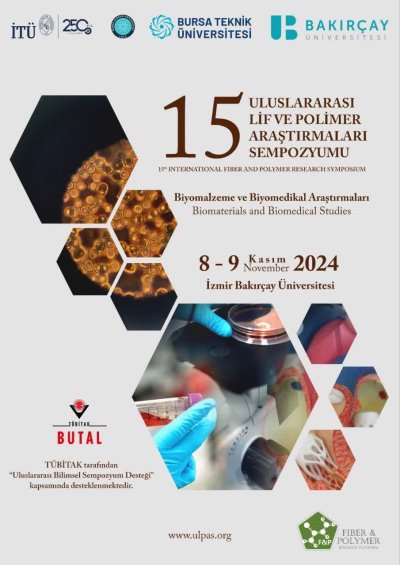0% Complete
Authors :
Keywords :
Abstract :
List of archived papers
Benamir FIDANCI - Emir BALTACIOGLU - Osman AYDIN
Nurcan Turan Candan - Şevval Can - Arhan Mandıracı
İREM ÖZYURT - ŞEYMA YALÇIN TURAN - GİZEM BAYAÇLI - SEMİHA EREN - HÜSEYİN AKSEL EREN
Ikbal Gozde Kaptanoglu - Sabriye Yusan - Umit H. Kaynar - Sule Aytas - Sema Erenturk
Samaneh Kamalipooya - Davood Nasrabadi - Morteza Golmohammadi - Shohreh Fahimirad - Dr. Amin Esmaeili
Ebru Yabas - Rahmi Canpolat - Esra Kayas - Fatih Ozaydın
Hurrem CANITEZ - Hulya KARACEPER



